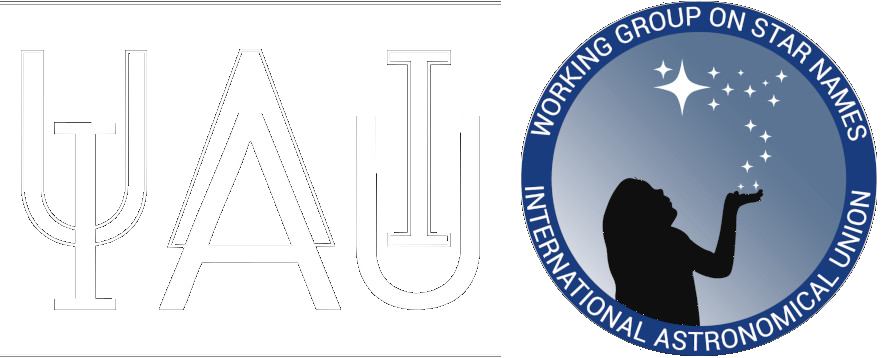Profile / Characteristics
| English translation | Latin declination and pronunciations | Size/ °² | # stars (visible) |
| the Southern Cross | Crux – CRUCKS, CROOKS Crucis – CROO-siss | 68 | 49 |
Main Star (brightest one):
| Designation | HIP number | name in IAU-CSN | brightness |
| bet Cru | HIP 62434 | Mimosa | 1.25 mag (V) |
Our (modern) Explanation
The stars of Crux were known in antiquity as part of the rear legs of Centaurus, the Centaur. Their separation as Crux, The Cross, goes back to the navigator of Amerigo Vespucci who used the asterism in the early 1500s to triangulate the southern pole. In his letter to his donators, the Medici family of Florence, he referred to this asterism as the “four guiding stars” mentioned by their compatriot Dante Alighieri in his Divine Comedy, there metaphorically representing the ancient Roman (and Christian) cardinal virtues prudence, justices, fortitude, and temperance. Prior to Vespucci, first mentions of a Crux-asterism by European navigators is either in 1455 by Alvise Cadamostro or in 1500 by João Faras. However, it is unclear where exactly it was seen and if it was widely known.
Ancient Globes
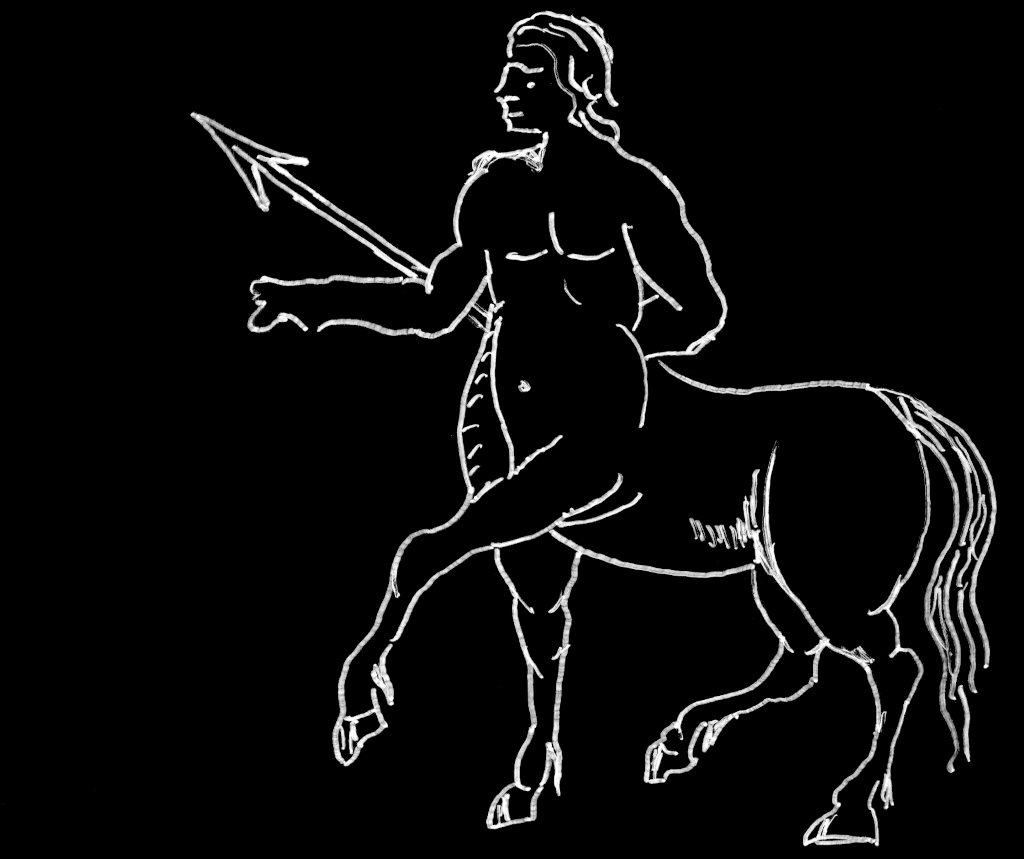
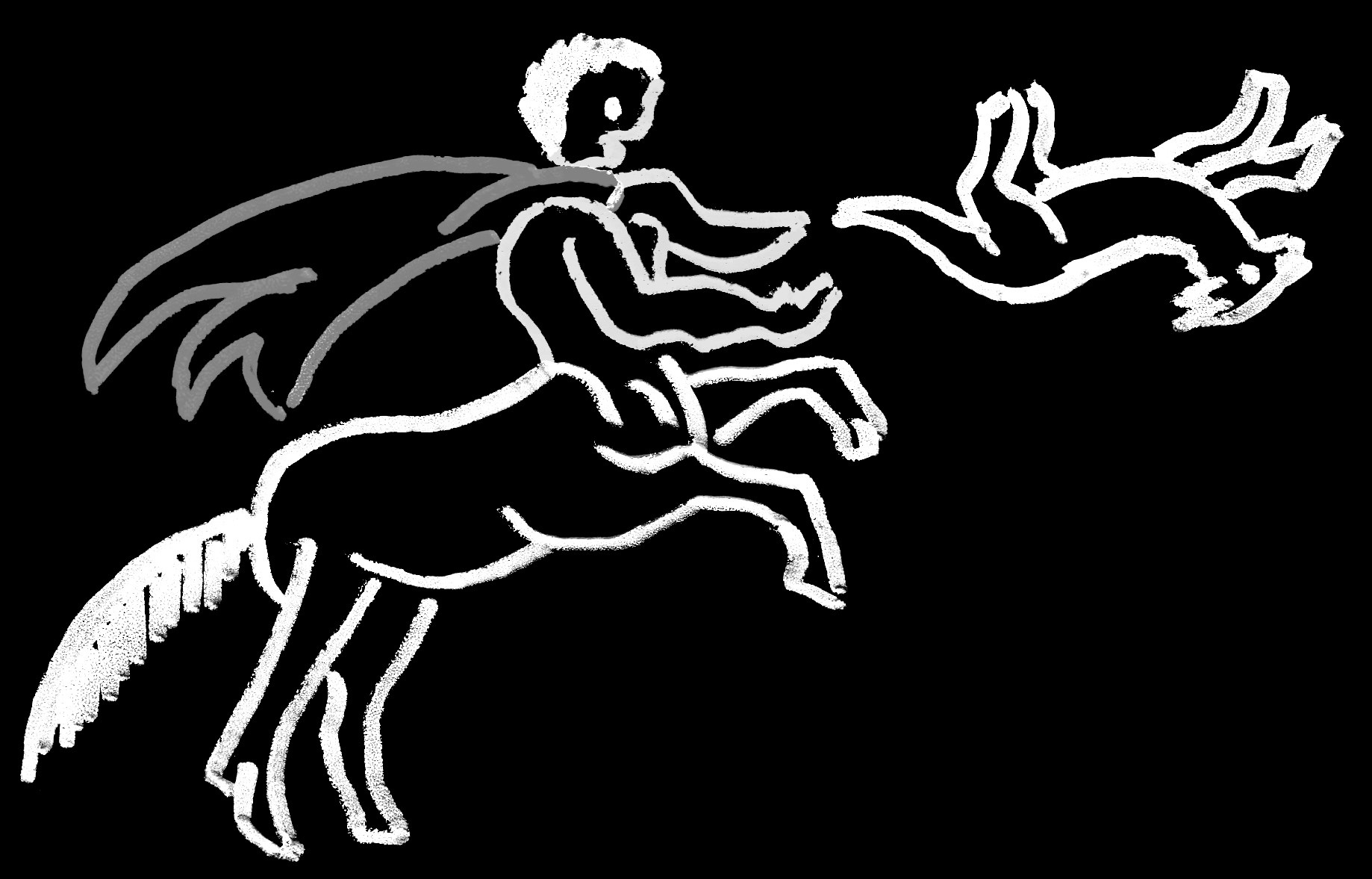
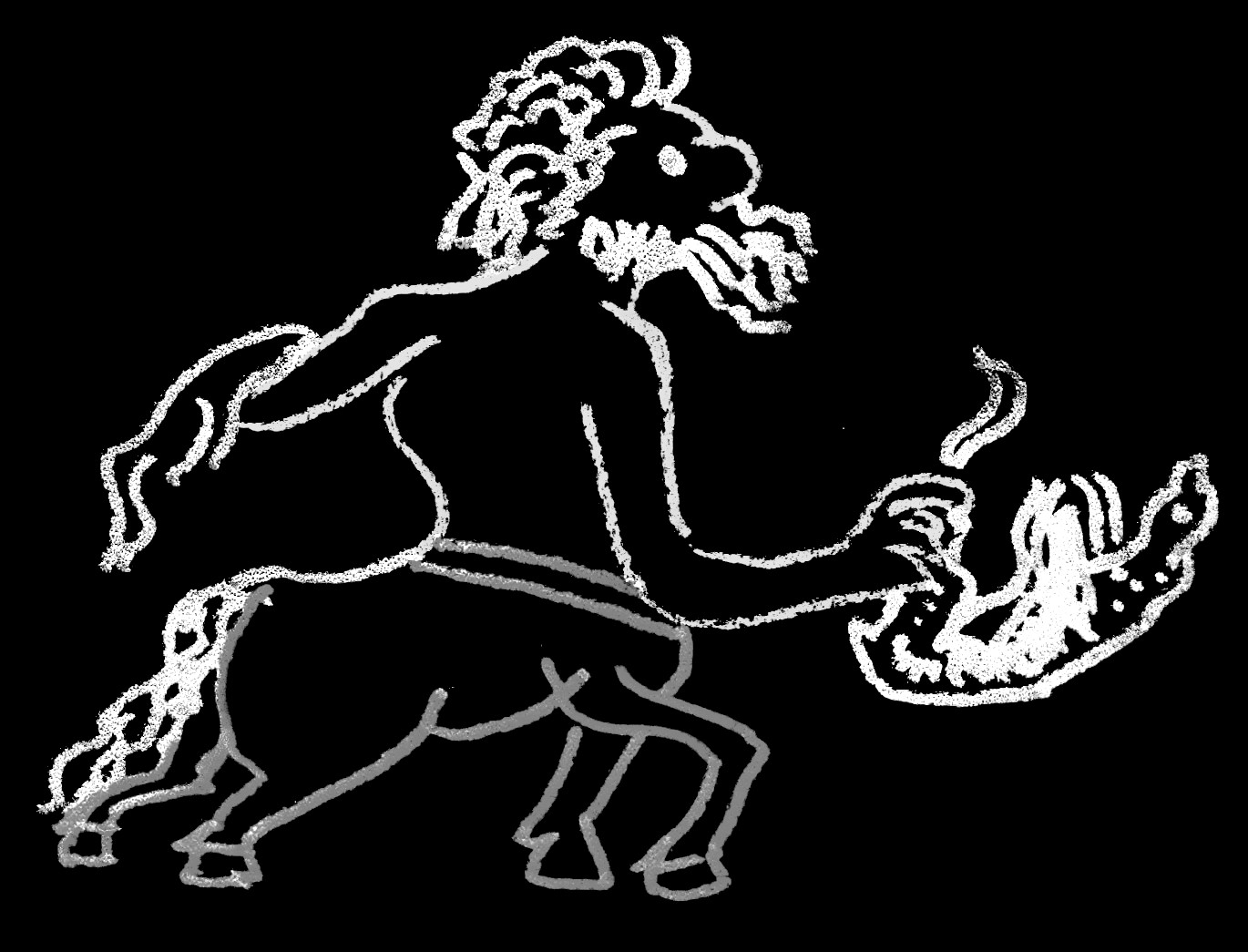
Farnese Globe
Kugel Globe
Mainz Globe
part of the rear legs of Centaurus
part of the rear legs of Centaurus
part of the rear legs of Centaurus
Ancient Lore & Meaning
Aratus
–
Reference:
English translation by Douglas Kidd (1997).
Aratus: Phaenomena, Cambridge Classical Texts and Commentaries, Series Number 34
Pseudo-Eratosthenes
–
References:
French translation by:
Jordi Pàmias i Massana and Arnaud Zucker (2013). Ératosthènes de Cyrène – Catastérismes, Les Belles Lettres, Paris
English version in:
Robin Hard (2015): Eratosthenes and Hyginus Constellation Myths with Aratus’s Phaenomena, Oxford World’s Classics
Modern and Mediaeval Depiction
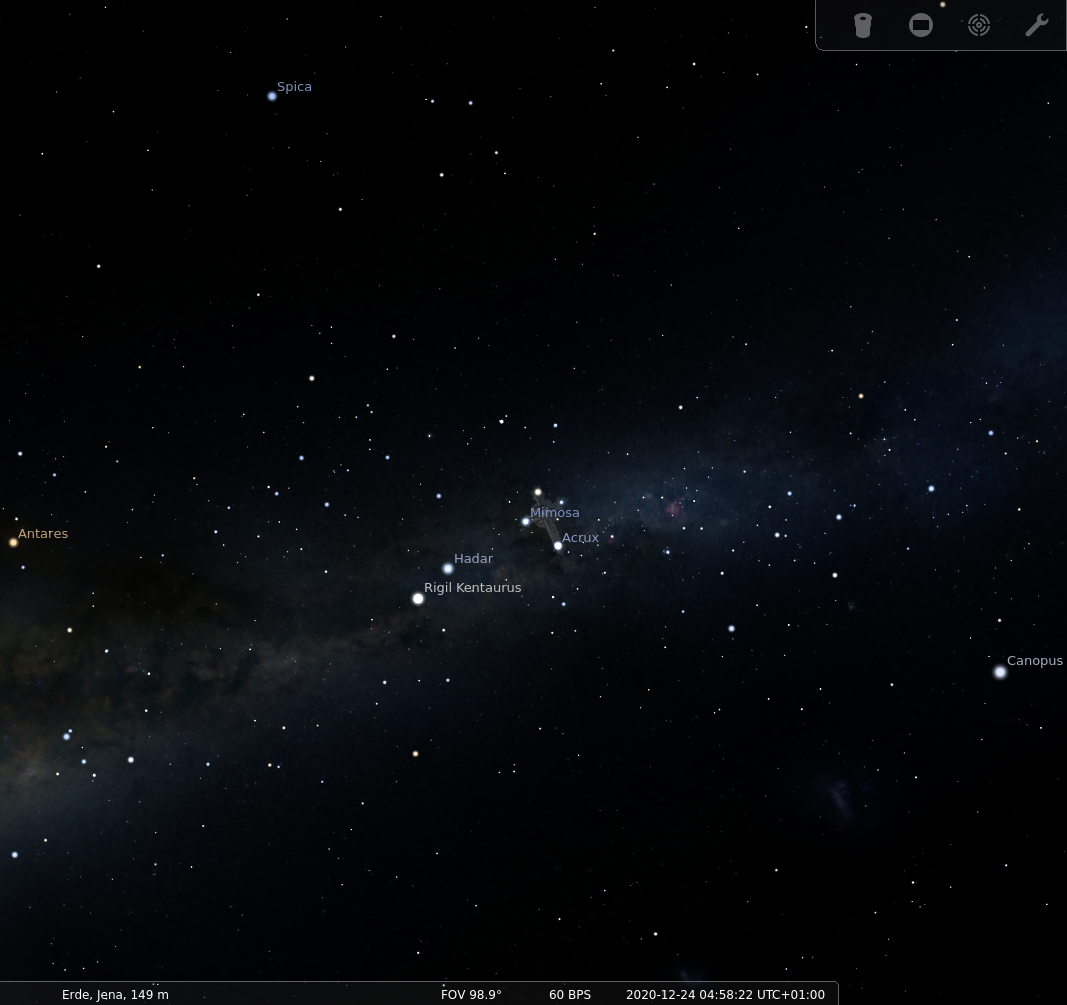
Depiction in Stellarium (by Fabien Chéreau, since 2000 CE)
depiction in the Leiden Aratea (9th century CE)
Early Modern Interpretation
For modern versions of ancient lore:
Ian Ridpath’s page on this constellation
Commentary
invented by Andrea Corsali, the navigator of Amerigo Vespucci, in reminiscence of their Florentine compatriot Dante Alighieri who wrote in his Divine Comedy that there were four bright asterisms in the southern sky (Dante probably meant this allegorically, symbolizing the Christian virtues)
Contemporary
As one of their first tasks in the 1920s, the newly founded International Astronomical Union (IAU) established constellation standards. The Belgian astronomer Eugène Delporte was assigned to the task to define borders of constellations parallel to lines of declination and right ascension. They were accepted by the General Assembly in 1928. The standardized names and abbreviations had already been accepted in 1922 and 1925.

